The Daily Escape:

Athabasca Falls Canyon, Jasper National Park – Alberta, Canada
Jamie Dimon is the CEO of JP Morgan Chase. It is the largest bank in the country, with more than $2 trillion in assets. In February, when Trump announced a broad effort to ease regulations on Wall Street, particularly the Dodd Frank financial reform measures adopted in 2010, he singled out Dimon’s potential contribution:
There is nobody better to tell me about Dodd-Frank than Jamie…
Dimon has been Chase CEO since before the 2008 Great Recession. In a series of conference calls with Wall Street last Friday while discussing the bank’s quarterly profits, Dimon vented his frustration with gridlock in Washington: (brackets by the Wrongologist)
It’s almost embarrassing being an American citizen…and listening to the stupid shit we have to deal with in this country… [The inability to make headway on significant legislation is]…holding us back and it is hurting the average American. It isn’t a Republican issue; it is not a Democratic issue.
Mr. Dimon delivered this tirade while announcing the most profitable year ever for a US bank.
What kind of sociopath does that? Apparently, Mr. Dimon has no capacity for embarrassment. What he seems to be saying is that banks should have continued immunity from reasonable taxation and continued relief from the kind of criminal excess that in the recent past, nearly brought down our financial system.
And what is he complaining about? His entire industry was bailed out by our government, using the tax dollars of the little people. Meanwhile, the derivatives-fueled casino that was the tripwire for the 2008 Great Recession remains alive and well, still making megabucks for the “too big to fail” guys. Dimon wasn’t too embarrassed in 2008, when he took $12 billion in bail-out funds from the Federal Reserve. And he wasn’t too embarrassed when Chase lost $6.2 billion in a derivatives misstep, and paid $962 million in fines. Remember that Dimon emerged from that unscathed?
Dimon is correct that it is embarrassing to be an American these days, but that doesn’t have much to do with banking freedom. Normal Americans are concerned about their jobs, their kids’ educations and their health care. They care about their neighbors and the environment they live in. They are worried about their futures and about their children’s futures, while Dimon argues for increasing the power of global capital. He argues for immunity from state jurisdiction, except when banks need to rely on a local legal system that ensures title to assets pledged to secure loans, or to enforce their repayment.
Americans would be less embarrassed if Jamie Dimon had to go and relearn what he knows about capitalism and its role in our society from inside a for-profit prison.
Finally, all of the Trumpies are lawyered up, but new lawyers are signing on to individual members of the Trump family, while others are leaving. Trump himself just hired a “special counsel” whose expertise is in defending white collar crime.
From here on out, things will start moving faster and perhaps get a quite a bit darker.
Today’s wake up tune is for the Trump family. In this time of never-ending revelations about campaign officials and Russia, “Lawyers, Guns and Money” is the most appropriate song for our times. It was written by Warren Zevon, and is the closing track on his 1978 album “Excitable Boy”. Zevon died too young from cancer in 2003:
Takeaway Lyric:
I went home with a waitress the way I always do
How was I to know she was with the Russians, too?
I was gambling in Havana, I took a little risk
Send lawyers, guns, and money
Dad, get me out of this…
Those who read the Wrongologist in email can view the video here.

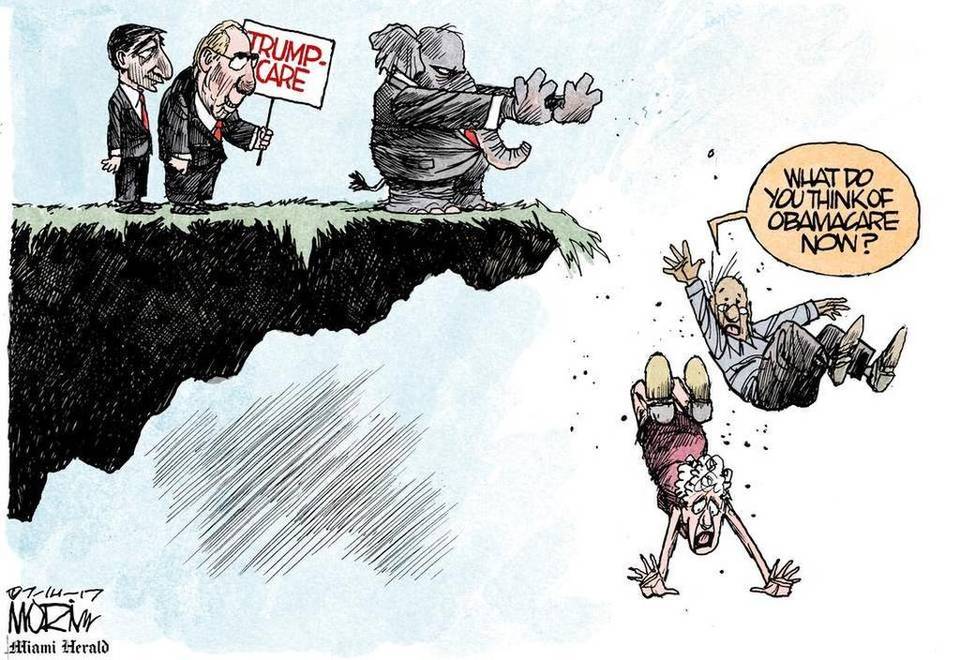
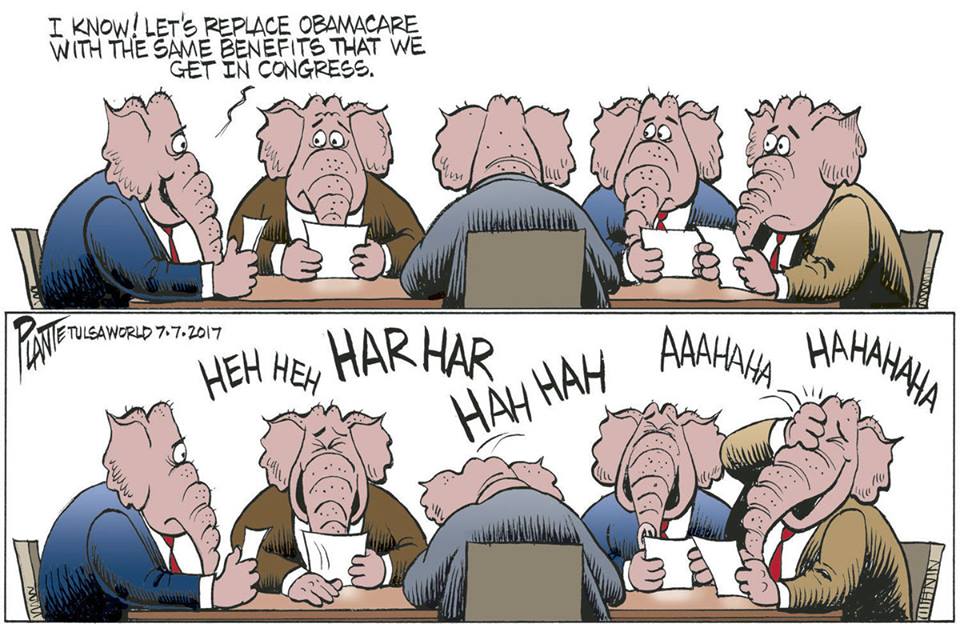
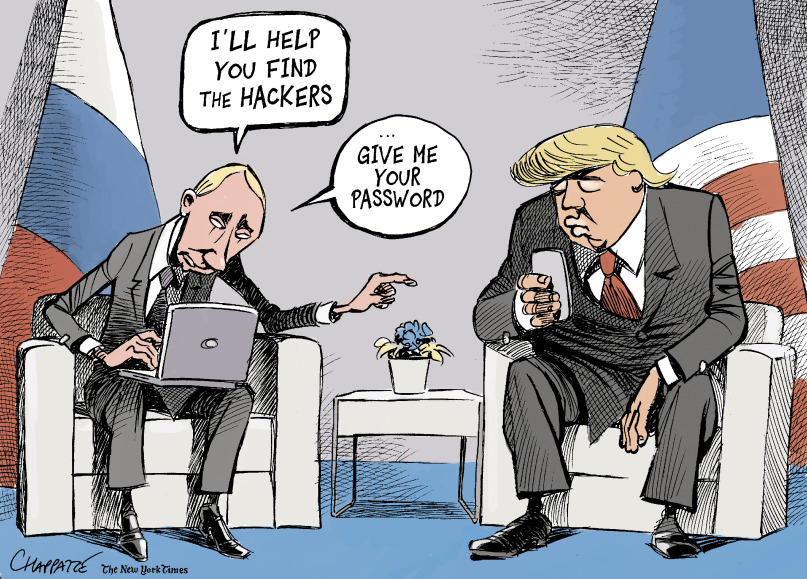
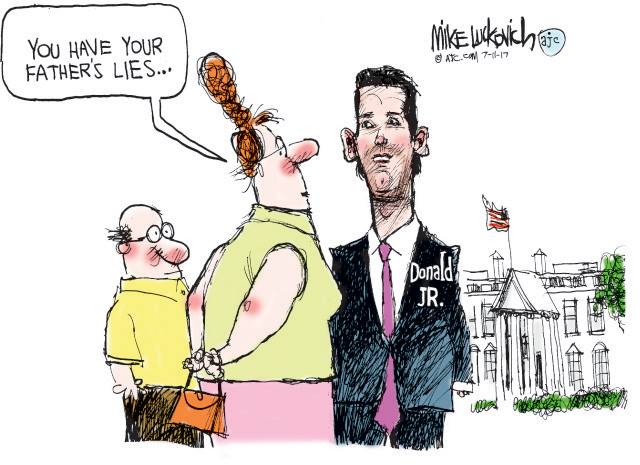




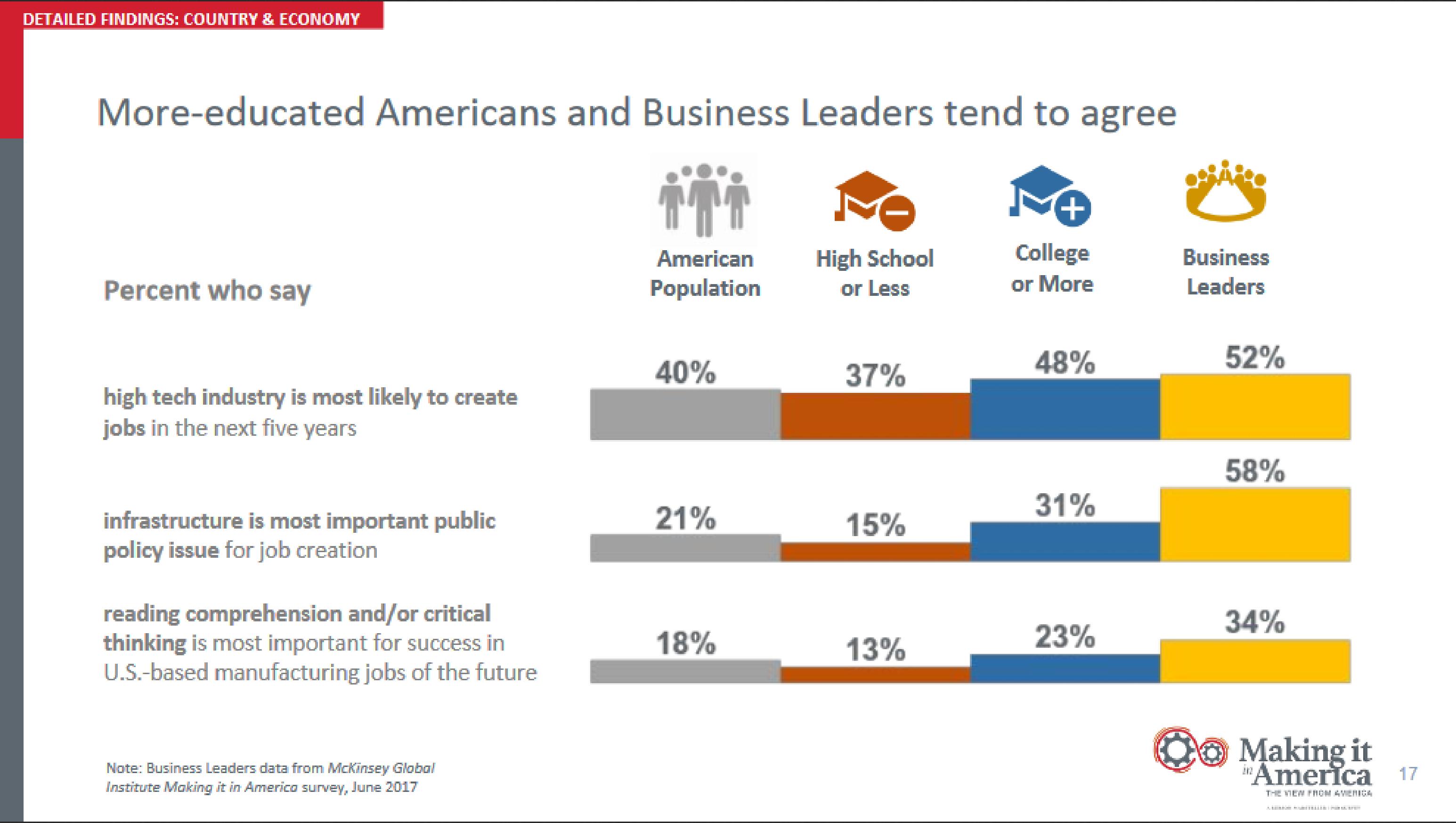

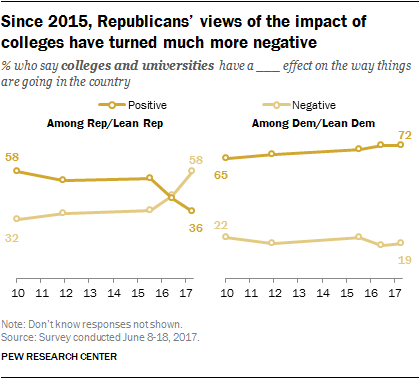
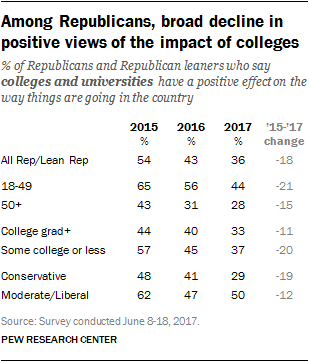


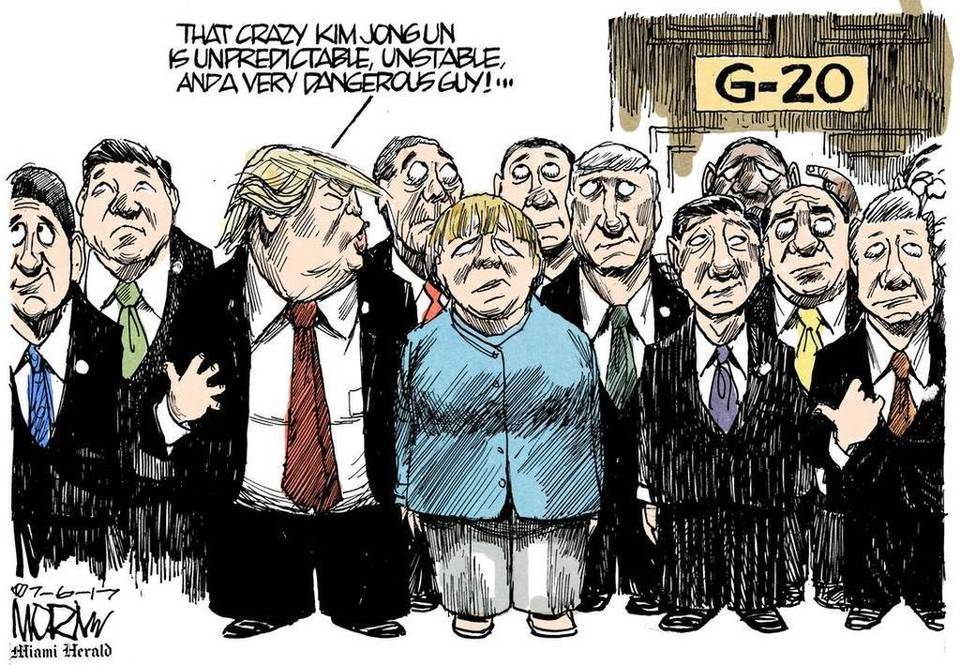
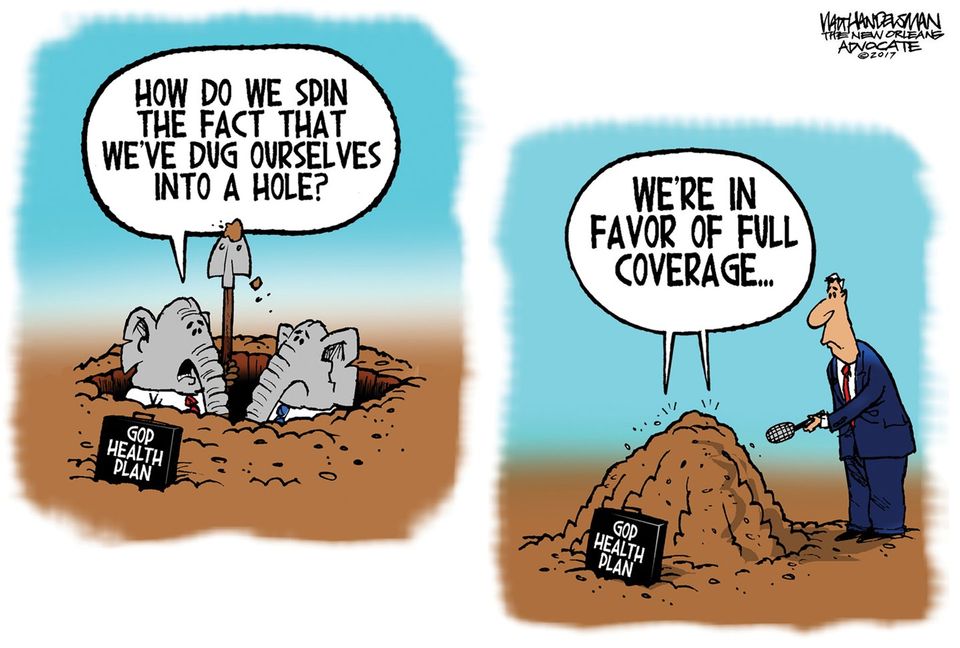

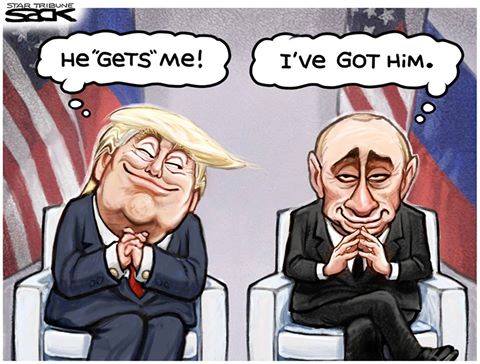
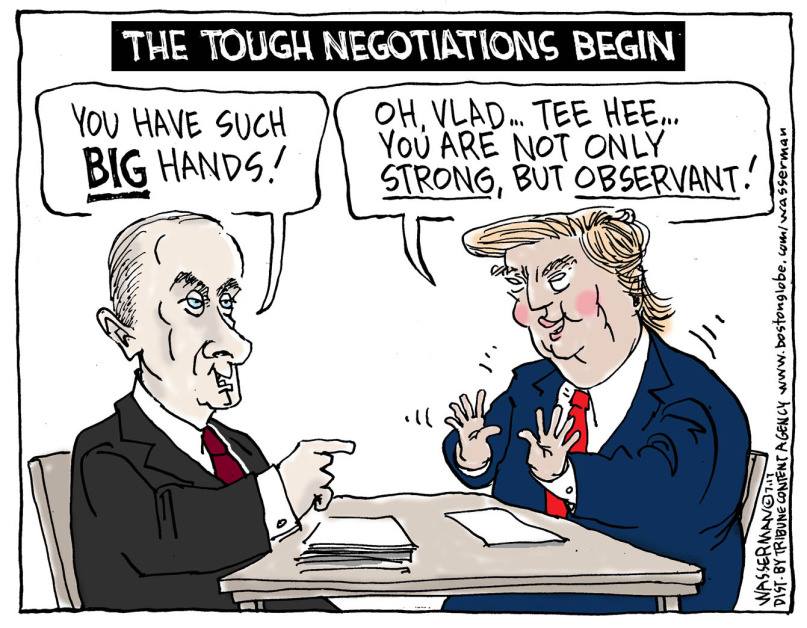

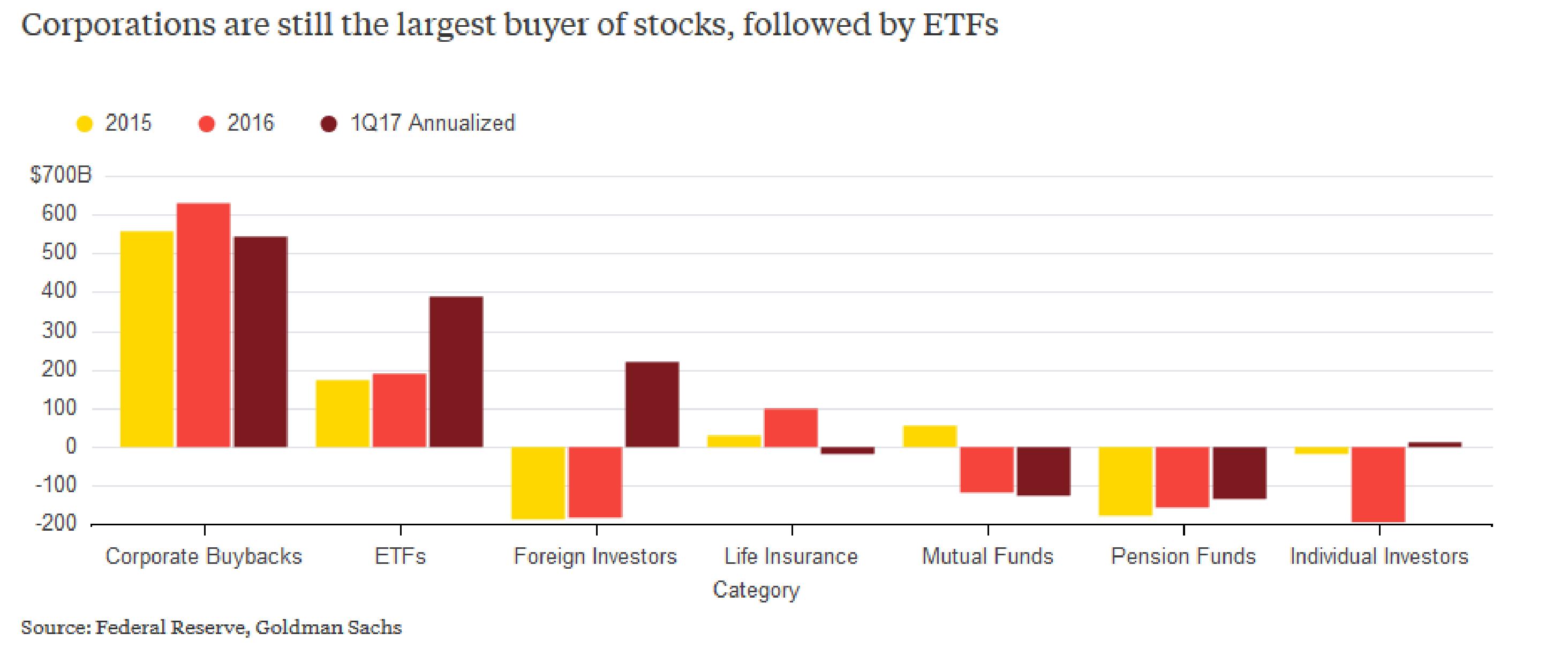 From
From